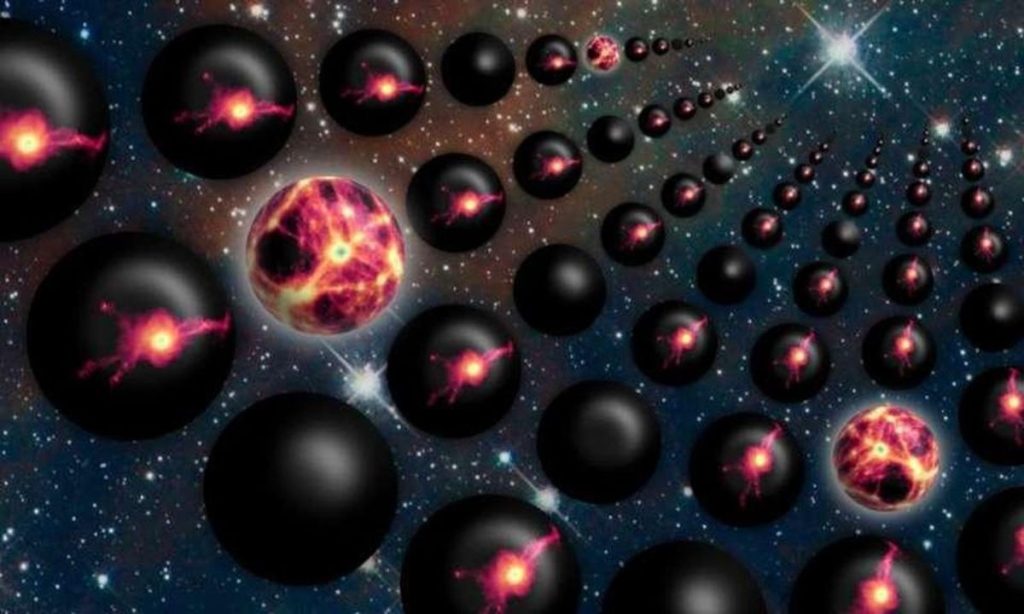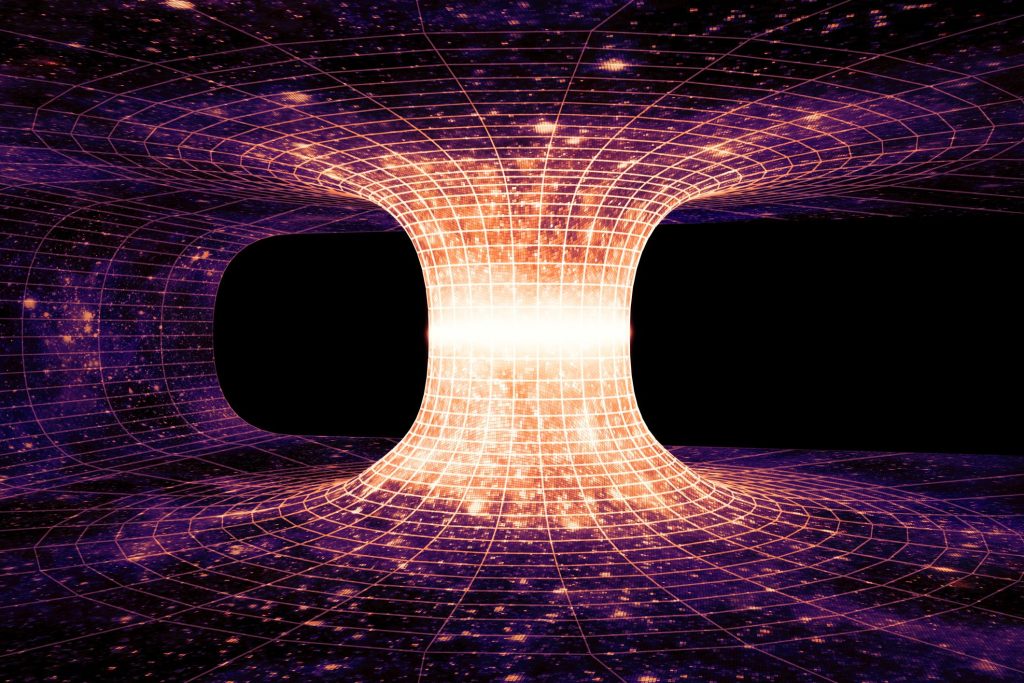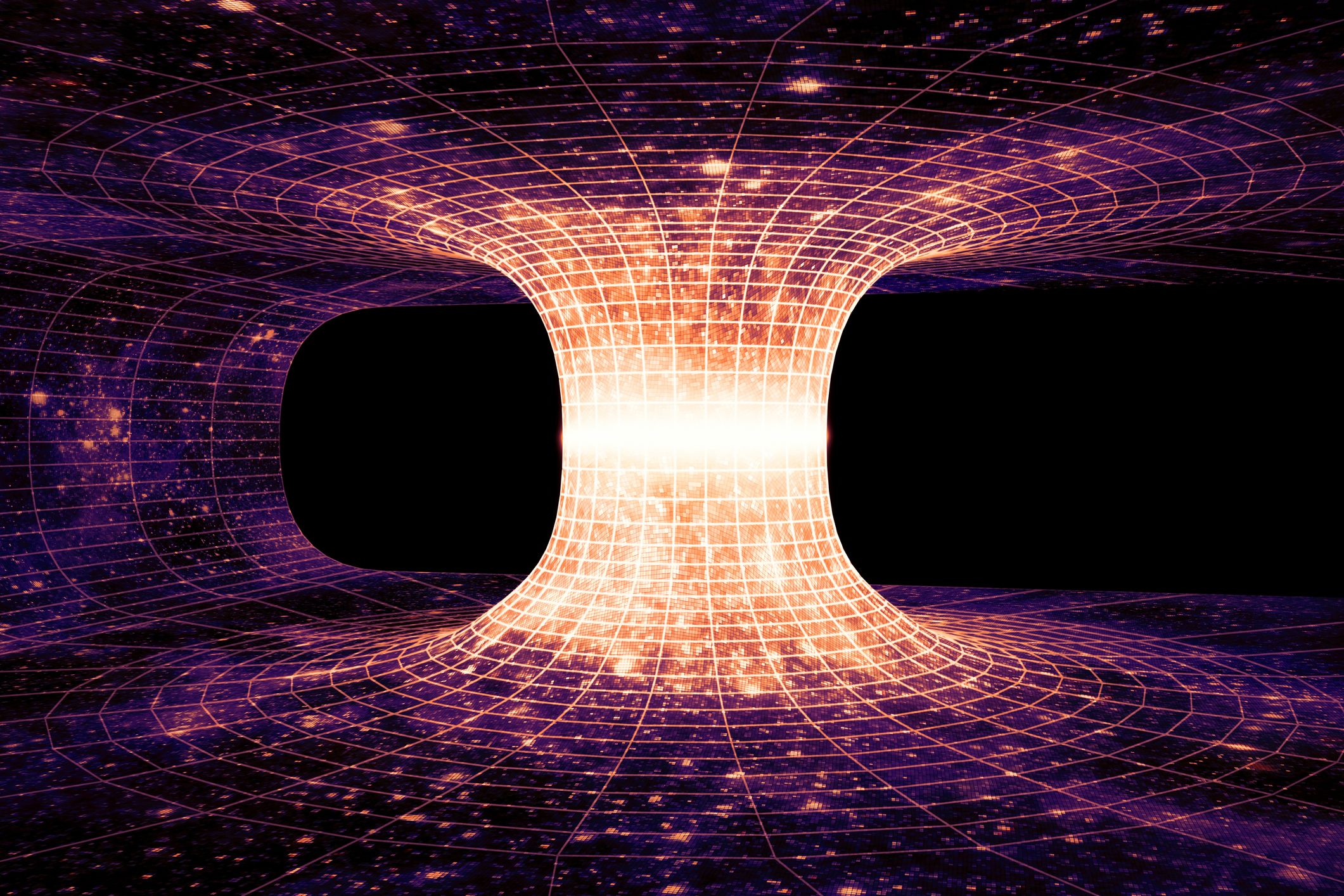The laws of physics are the foundational rules that govern everything in our universe — from the orbits of planets to the behavior of particles at the quantum level. But a tantalizing question has intrigued scientists and philosophers alike: Are the laws of physics truly universal? Or could they be different in other parts of the cosmos?
At Spaceyv, we’re passionate about exploring the biggest questions in space science and cosmology. Today, we dive deep into the idea that physics as we know it might not be the same everywhere.
Introduction: What Are the Laws of Physics?
The laws of physics describe the behavior of matter, energy, space, and time. These include well-known principles such as:
-
Newton’s Laws of Motion
-
Einstein’s Theory of Relativity
-
The Laws of Thermodynamics
-
The Standard Model of Particle Physics
These laws are incredibly consistent here on Earth and within our observable universe. But that raises the question — have we just been lucky to observe one kind of physical reality? Could different “cosmic neighborhoods” play by entirely different rules?
What Would It Mean for the Laws of Physics to Be Different?
If the laws of physics varied elsewhere, it could mean:
-
Different values for fundamental constants (like the speed of light or gravitational constant)
-
Altered behavior of particles and forces
-
The existence of universes where atoms, stars, or even life as we know it could not form
It would be a profound shift in our understanding of reality. And scientists aren’t just speculating — some evidence suggests this idea might not be as far-fetched as it seems.

Observational Clues from Deep Space
Variations in the Fine-Structure Constant?
The fine-structure constant (α) governs how strongly light interacts with matter. It is a dimensionless number around 1/137. However, in 2010, a study of light from distant quasars suggested slight variations in α over vast cosmic distances (Webb et al., 2010). If true, this could mean the laws of physics are not fixed.
📚 Reference: Webb, J. K., et al. “Evidence for spatial variation of the fine structure constant.” Physical Review Letters, 2011.
Dark Energy and the Expanding Universe
The accelerated expansion of the universe, attributed to dark energy, is another mystery. Scientists still don’t fully understand it — and if dark energy behaves differently across space, that could imply variations in gravitational or quantum physics.
Theoretical Foundations for Variable Physics
Multiverse Theory
The multiverse hypothesis suggests there may be infinite universes, each with different physical constants and laws. In some, gravity might be stronger; in others, electromagnetism might not even exist.
This concept arises naturally from inflationary cosmology and string theory. In such a scenario, our universe would just be one “bubble” in a vast cosmic foam, each governed by its own laws of physics.
String Theory and Extra Dimensions
String theory attempts to unify quantum mechanics and general relativity by proposing that fundamental particles are one-dimensional “strings” vibrating at different frequencies. The mathematics of string theory allow for a wide range of possible physical laws, depending on how the extra dimensions are “curled up.”
📚 Reference: Greene, B. “The Elegant Universe.” W.W. Norton & Company, 1999.
Could Life Exist with Different Laws?
It’s hard to say. If the constants that govern nuclear fusion or chemistry were only slightly different, stars might never form, or DNA might not function. But we can’t rule out completely alien forms of matter or life that could thrive under unfamiliar laws.
Some researchers speculate about “anthropic selection” — we observe our set of physical laws because only those allow conscious observers to arise in the first place.
Experimental Frontiers and the Future
We’re limited by the observable universe, but as our telescopes and technologies improve, we may uncover more clues:
-
James Webb Space Telescope is examining the earliest galaxies for signs of different cosmic conditions.
-
Gravitational wave detectors might uncover phenomena that hint at extra dimensions or exotic physics.
-
Particle accelerators like the Large Hadron Collider test the boundaries of known physics on Earth.
📚 Reference: European Organization for Nuclear Research (CERN). www.home.cern
Conclusion: A Universe of Possibilities
As an expert voice in space science, Spaceyv believes that exploring whether the laws of physics vary across the cosmos is not just an academic exercise — it’s a journey to understand our place in the universe.
While the idea may seem speculative, real observational and theoretical frameworks continue to explore the possibility. If the laws of physics do change in other regions of space or in parallel universes, it would redefine everything we think we know about reality.
For now, we live in a universe where physics appears stable — but the cosmos is vast, and full of surprises.

References
Webb, J. K., et al. (2011). Evidence for spatial variation of the fine structure constant. Physical Review Letters.
Greene, B. (1999). The Elegant Universe. W.W. Norton & Company.
Tegmark, M. (2003). Parallel Universes. Scientific American.
European Organization for Nuclear Research (CERN). https://home.cern
NASA. (2022). James Webb Space Telescope Discoveries. https://www.nasa.gov



